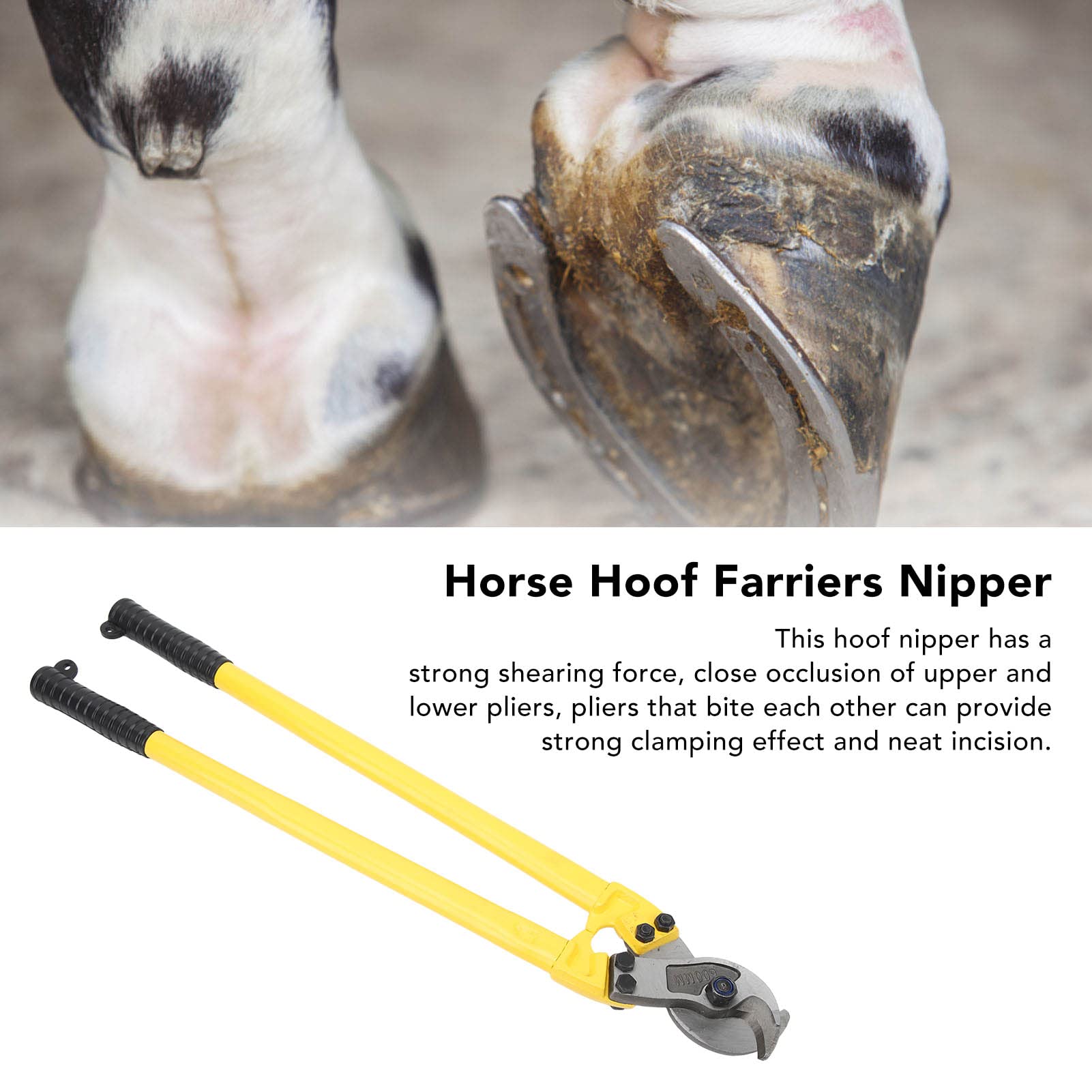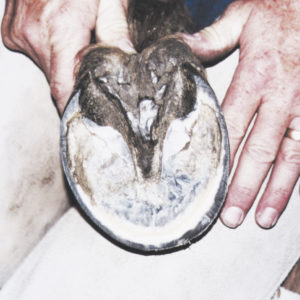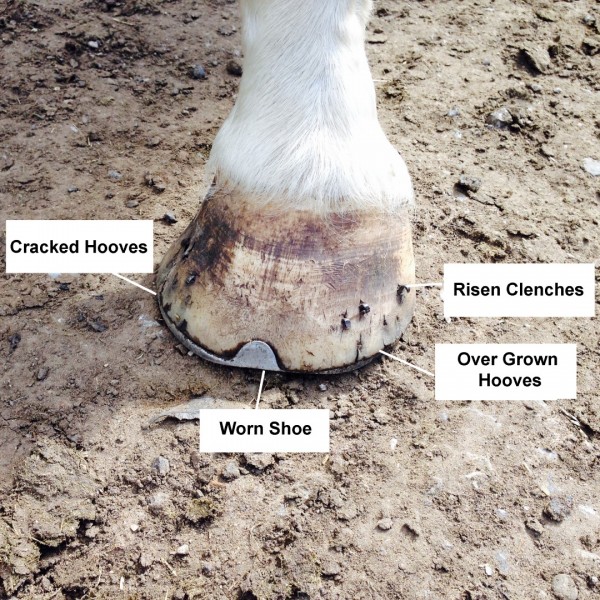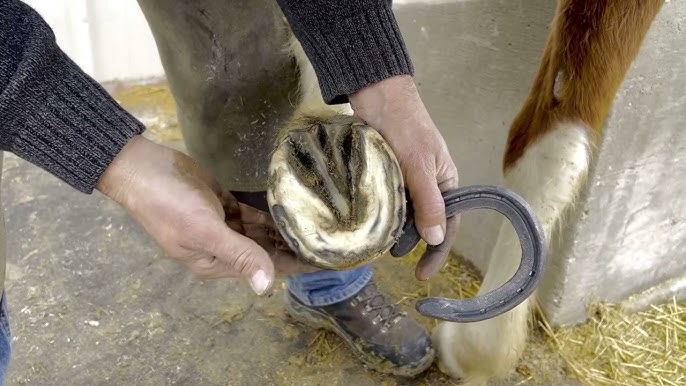Shoeing Fundamentals: A Guide for Horse Owners

Understanding the basics of shoeing is essential for every horse owner to ensure their horse’s health, comfort, and performance. This guide covers the fundamental aspects of horse shoeing, including why shoeing is necessary, the types of shoes available, the shoeing process, and maintenance tips.
Why is Shoeing Important?

Shoeing protects the horse’s hooves from excessive wear and damage, especially for horses that are ridden frequently or work on hard or rough surfaces. Proper shoeing can prevent lameness, improve gait, and support overall hoof health.
Types of Horse Shoes

| Shoe Type | Description | Best For |
|---|---|---|
| Steel Shoes | Durable and strong, traditional choice | Most riding and work horses |
| Aluminum Shoes | Lightweight, reduce fatigue | Racehorses and performance horses |
| Rubber Shoes | Provide extra cushioning and shock absorption | Horses with hoof sensitivity |
| Composite Shoes | Made from synthetic materials, flexible | Therapeutic use and special cases |
The Shoeing Process
- Assessment: A farrier examines the horse’s hooves and overall leg conformation.
- Trimming: Hooves are trimmed to the correct shape and length.
- Fitting: Shoes are selected and shaped to fit the hooves precisely.
- Nailing: Shoes are attached using nails, ensuring they are secure but not causing discomfort.
- Finishing: Nails are clinched and the hoof edges are smoothed.
Maintenance and Care
- Regularly check shoes for wear or damage.
- Schedule farrier visits every 4-6 weeks.
- Keep hooves clean and dry to prevent infections.
- Monitor your horse’s gait and behavior for signs of discomfort.
Frequently Asked Questions (FAQ)
Q1: How often should a horse be shod?
A: Typically every 4 to 6 weeks, depending on the horse’s activity level and hoof growth.
Q2: Can all horses wear shoes?
A: Not necessarily; some horses do well barefoot, but shoes are beneficial for those with specific needs or workloads.
Q3: What are the signs that a horse needs shoeing?
A: Signs include uneven hoof wear, lameness, or discomfort during movement.
Q4: Is shoeing painful for horses?
A: When done correctly by a skilled farrier, shoeing should not cause pain.
Conclusion
Proper shoeing is a vital part of horse care that promotes hoof health and enhances performance. By understanding the fundamentals and working with a qualified farrier, horse owners can ensure their horses remain comfortable and sound.
This expanded content provides a structured, informative, and SEO-friendly article that horse owners will find valuable and easy to navigate.
